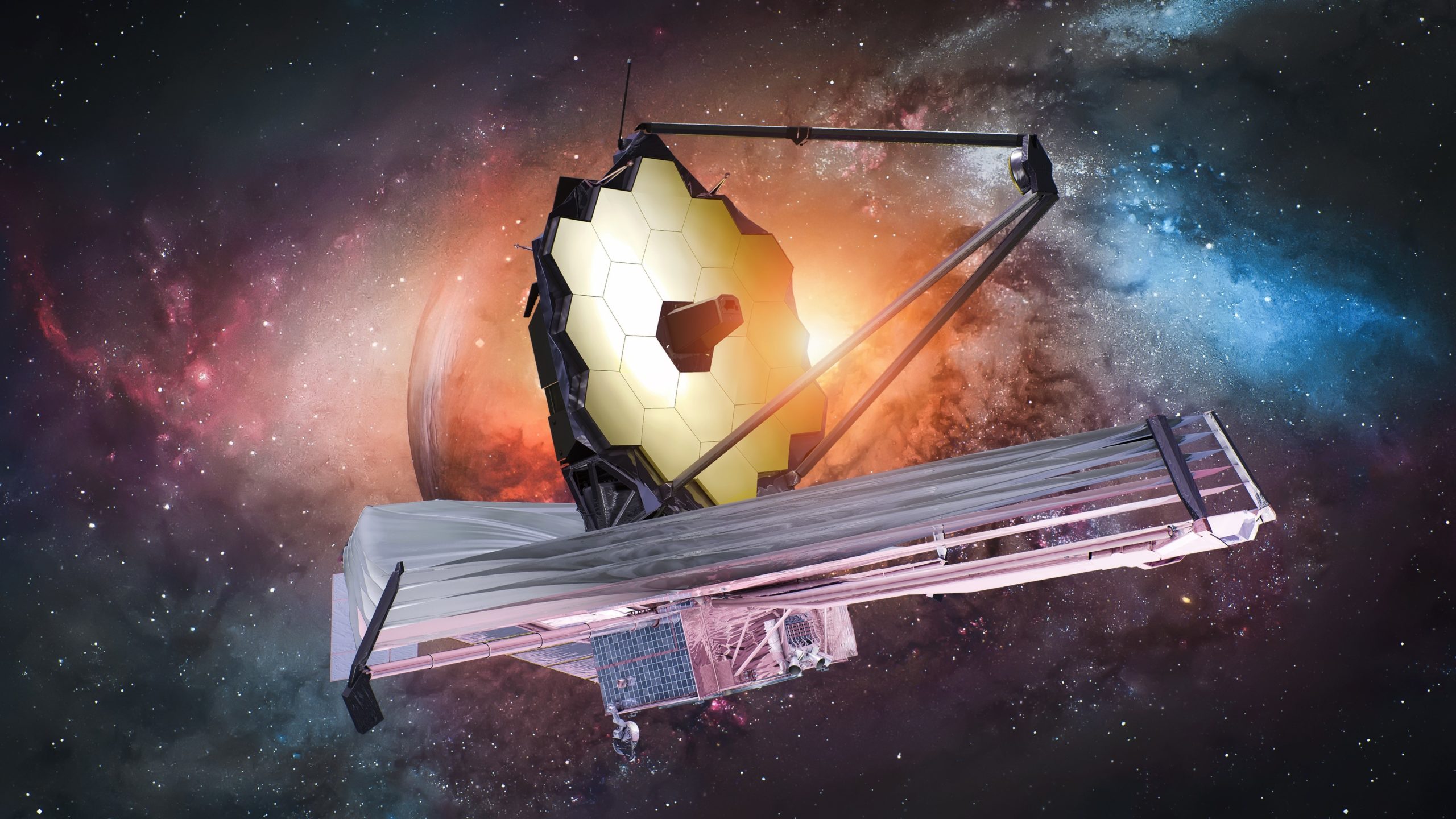The James Webb Space Telescope has made a fascinating discovery in deep space and it is alcohol. This crucial find sheds light on the presence of vital chemicals around two young stars. Astronomers directed the Webb telescope’s powerful gaze towards cosmic regions surrounding protostars and they are in their early stages of development and are likely to form planets eventually.

The discovery holds significant implications for understanding the origins of organic molecules and their potential role in shaping planetary systems. By analyzing the composition of distant objects using advanced spectrometers onboard the Webb telescope, scientists can decipher the presence of various elements and molecules based on the light they emit or absorb. This enables them to identify key ingredients for forming potentially habitable worlds.
The telescope detected formic acid like methane, and likely acetic acid, all of which are essential components in the formation of habitable environments. While the presence of these chemicals doesn’t guarantee the existence of life, it provides valuable insights into the conditions necessary for life.
The telescope detected “complex organic molecules,” including ethanol and another substance like vinegar. These chemicals, which freeze into icy materials in the cold expanse of space, could one day become part of future solar system objects.
Webb is to revolutionize our understanding of distant exoplanets by analyzing their atmospheres and identifying key molecules. This groundbreaking research could uncover new insights into the potential habitability of exoplanets and the prevalence of life beyond our solar system.
The Webb telescope’s wonderful capabilities, including its giant mirror spanning over 21 feet across, allow it to capture faint signals from distant objects, revealing details about the early universe and distant exoplanets. Hubble Space Telescope like Webb primarily observes the universe in the infrared spectrum which enables it to penetrate cosmic clouds more effectively.
Leave a Reply